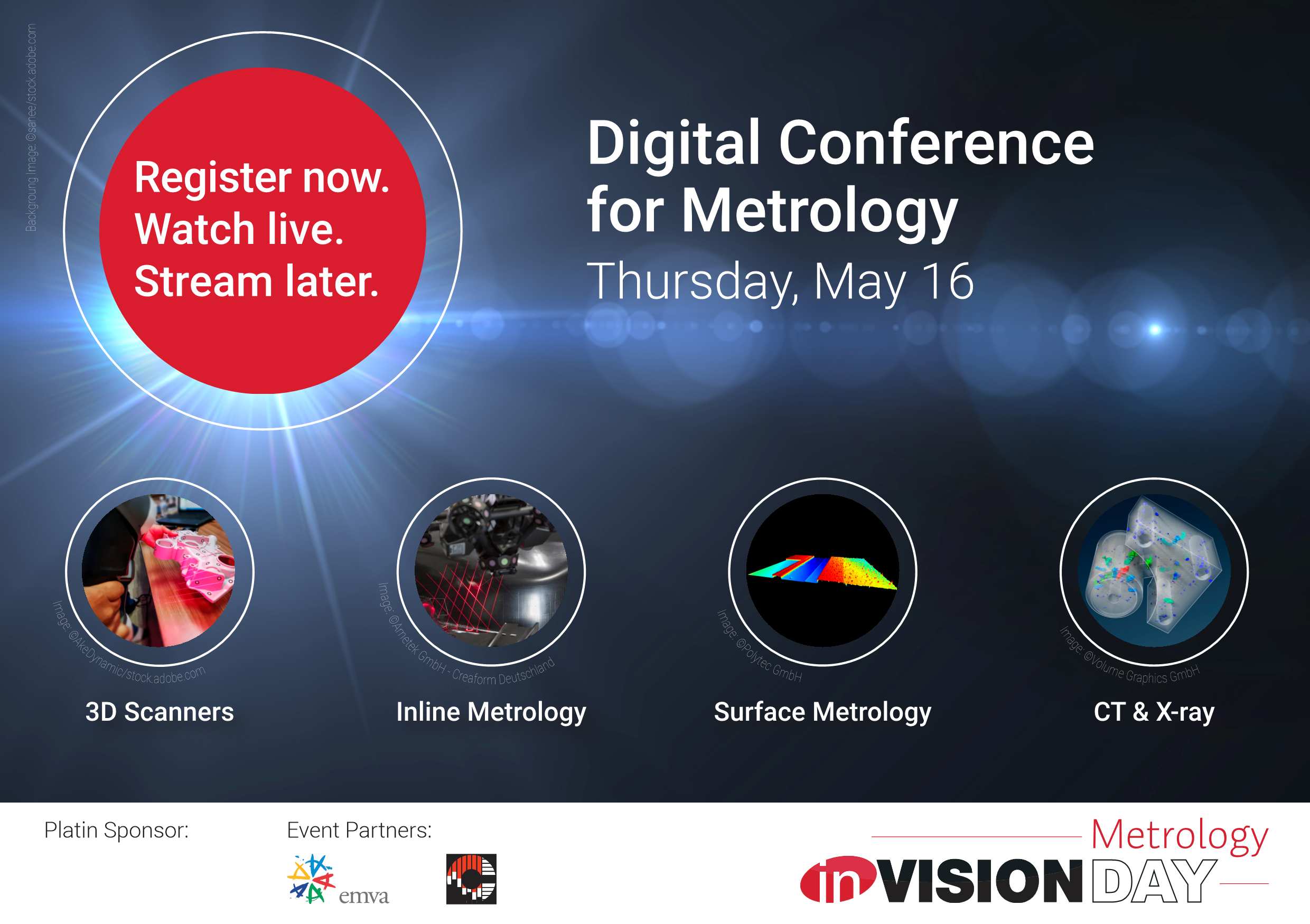
Now we are going beyond the visible range. Considering SWIR, VIS-SWIR or UV, what’s next for wavelengths?
Narayanaswamy: Over the last few years, we have moved into the NIR spectrum and I think the next big milestone that the industry will be looking at is how to use the same sensor to capture the shortwave IR region as well. You have the choice to put in two different kinds of sensors and that brings its own complications. So I guess the next monumental step is to have a single sensor capable of covering the entire spectrum all the way through SWIR. But a big question will be if this is possible in an economical way.
Wäny: We definitely see this trend as well. Industrial machine vision applications were at first focused on the visible range, simply because that’s how we humans are able to see, and also because of the fact that most of the sensors are still based on silicon. So you have this extra NIR band up to maybe 900 or 1.000nm, which can be technically very easily covered with silicon sensors. There we have seen quite a big growth in applications that exploit this near-infrared band. Now there are some technologies that allow to have actual SWIR sensitivity with very similar sensors. But I think for the next couple of years, applications that need these combined VIS-SWIR/NIR capabilities will remain very niche.
Wuyts: There is also an economy to it. I mean you need to have the volume. Typically the innovations have always been driven by needs in the market, for example cellphone innovations, because the semi conductor industry which we are part of is very capital-intensive. So it’s never doable to develop something specifically for machine vision. It always has to come from other high volume applications and then the machine vision industry can benefit from it.
Hector: That is exactly the issue. We all agree that NIR and other technologies are progressing. The issue afterwards is if you want to go in something which is a little bit more specific. It’s very difficult to define one single product which would be okay for the whole Industry. So it’s again about customization, and there I agree that it’s difficult to get the return of investment. The point is that we need to have the filters, and then the customization is done for one application and one market. It’s impossible to have one single product to cover everything.












